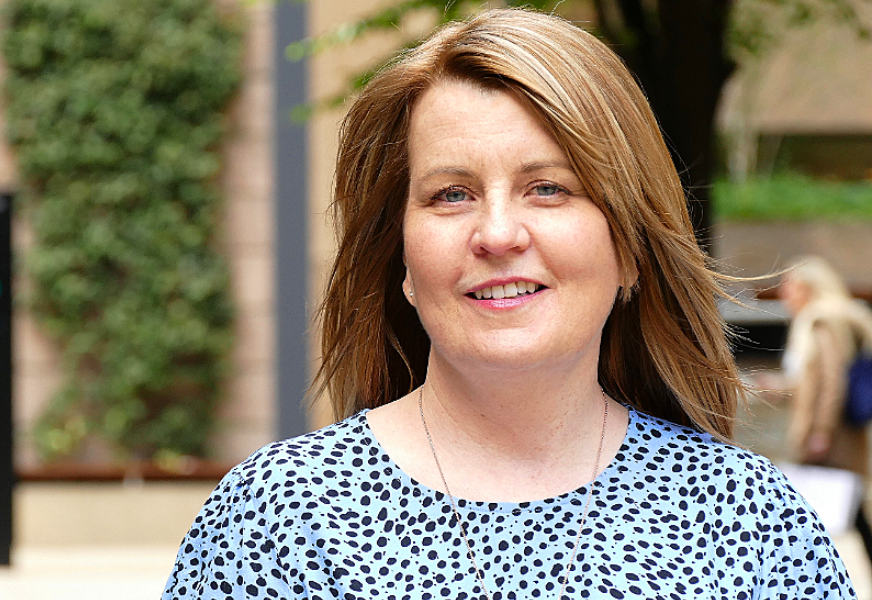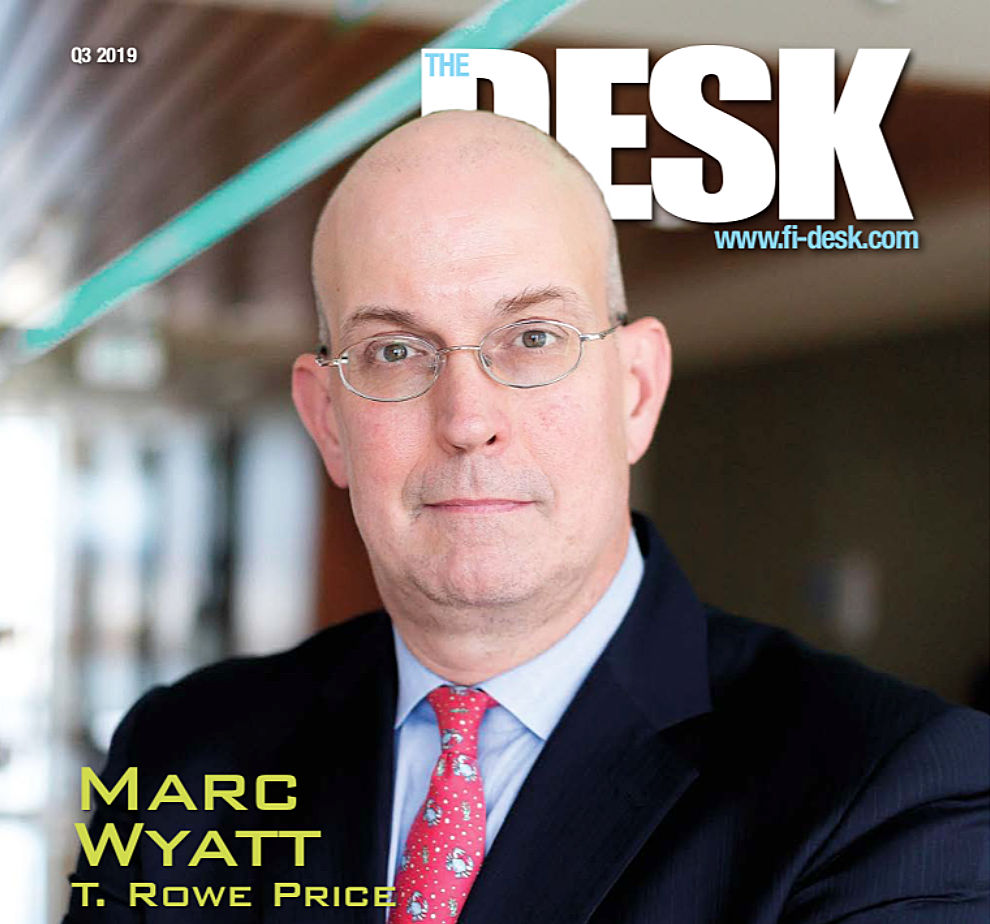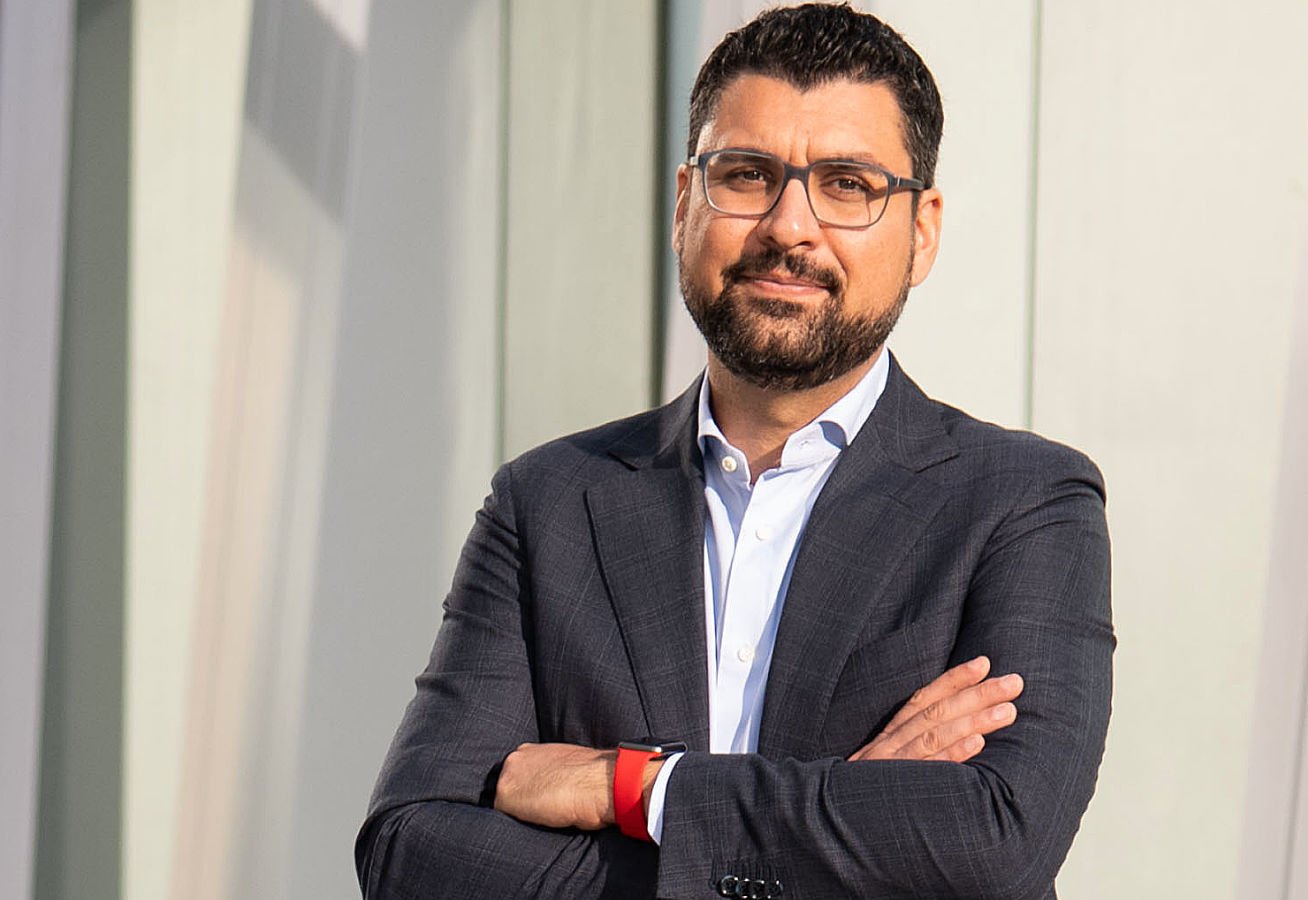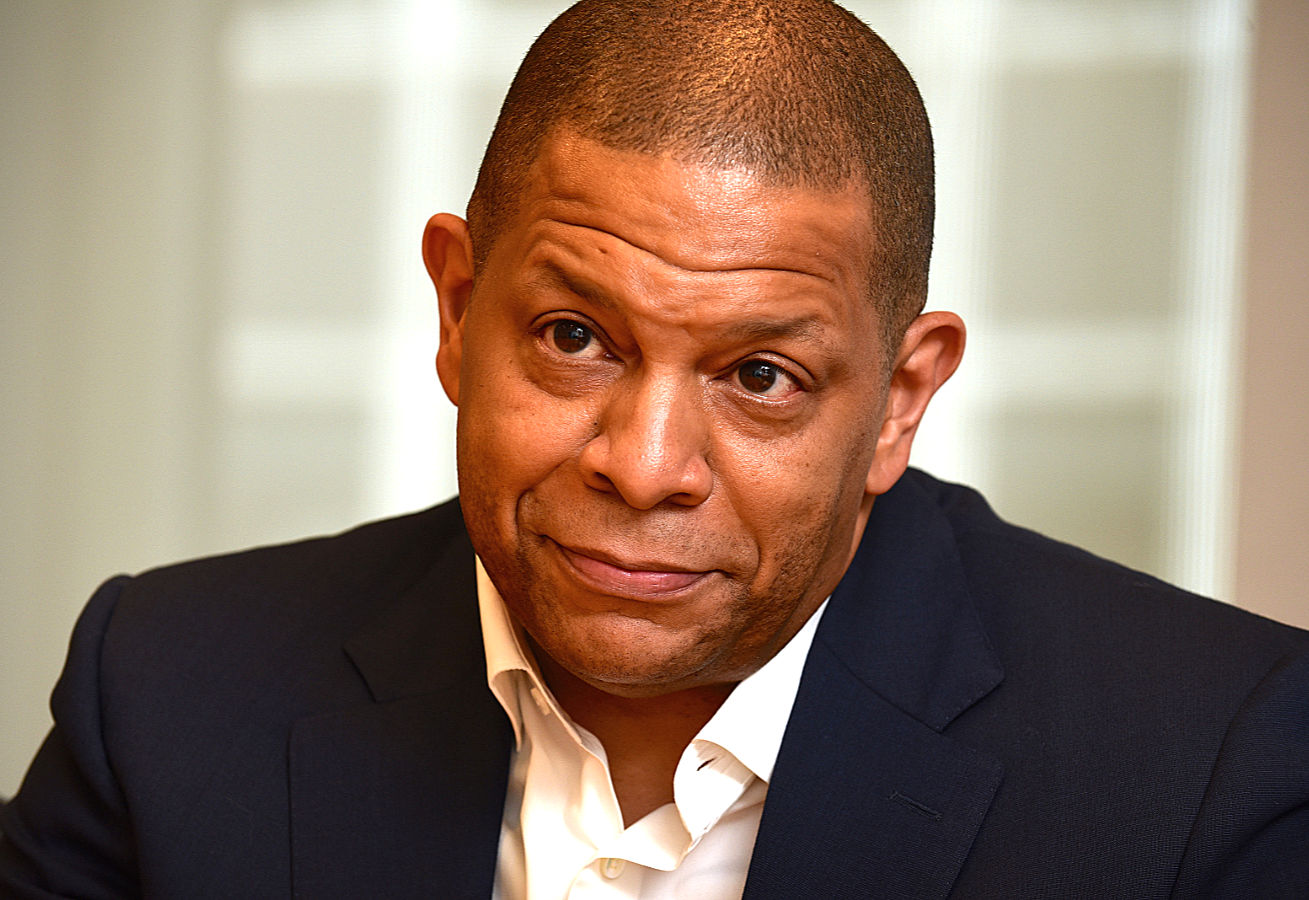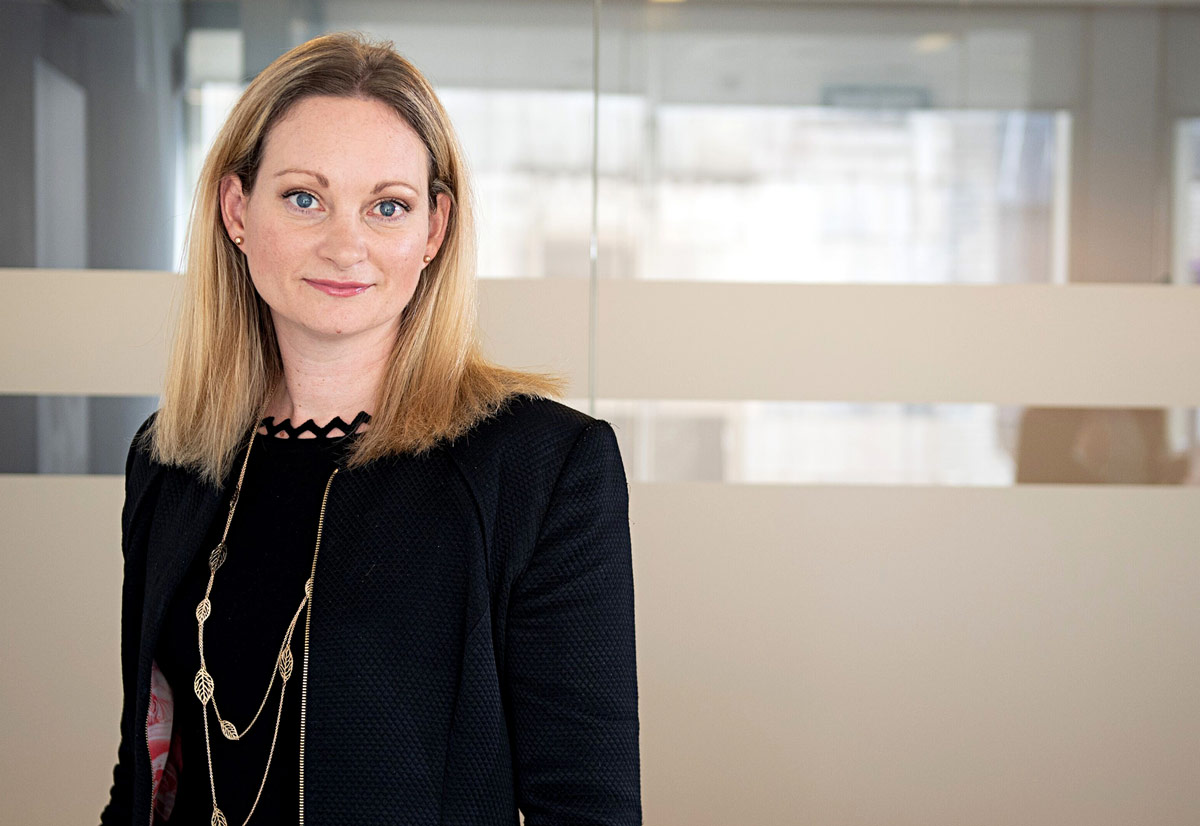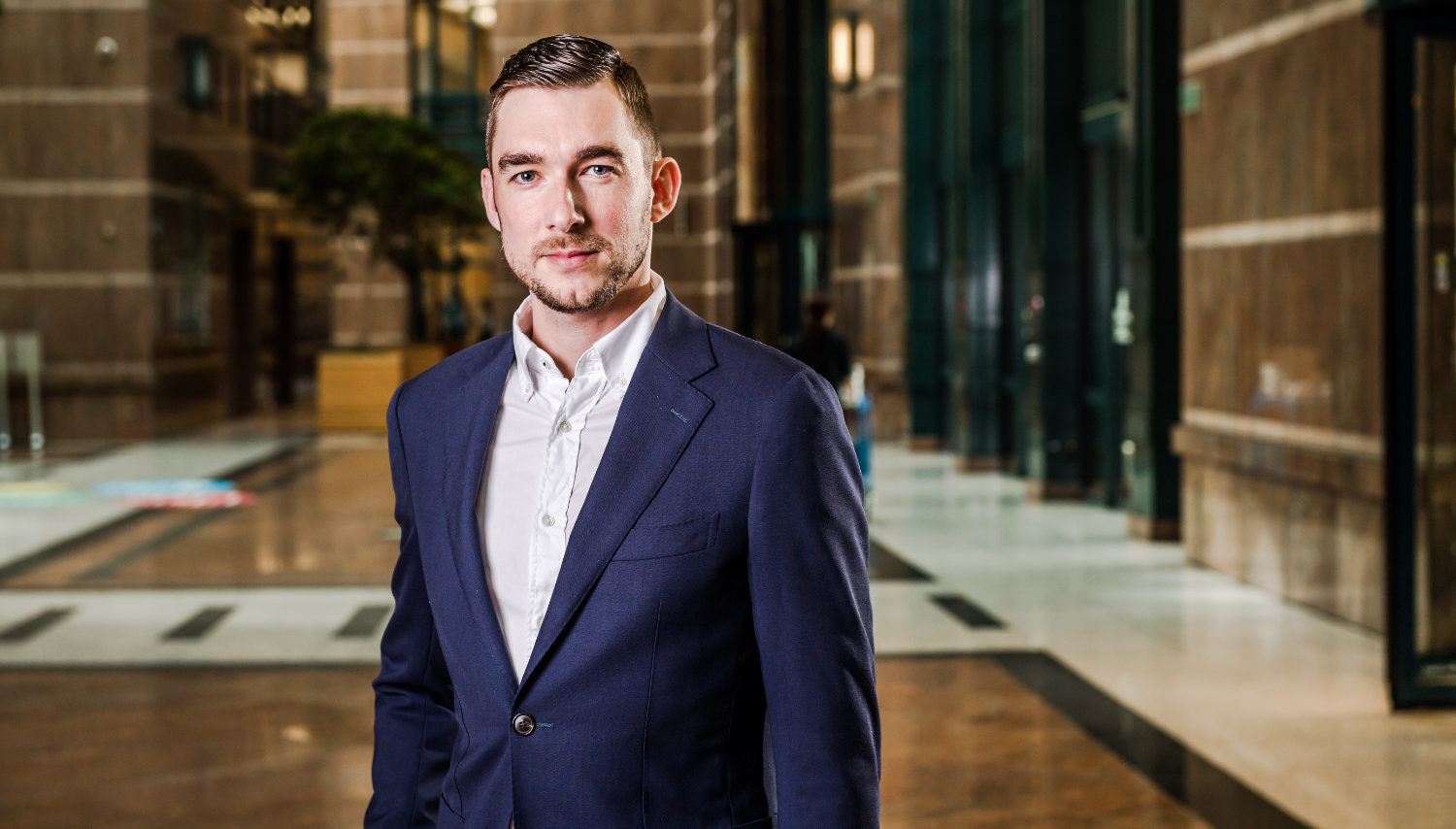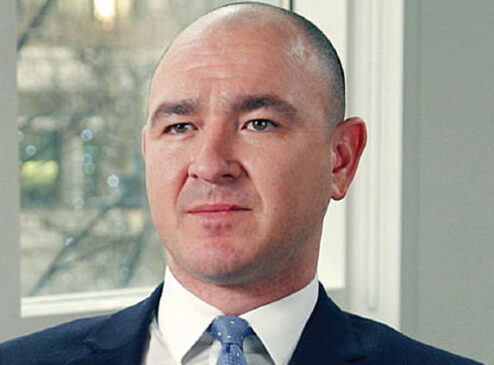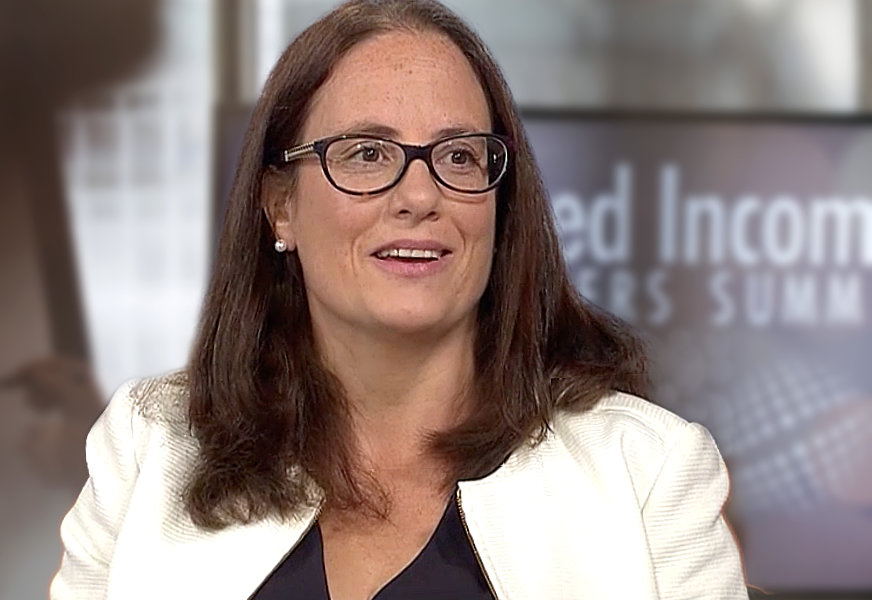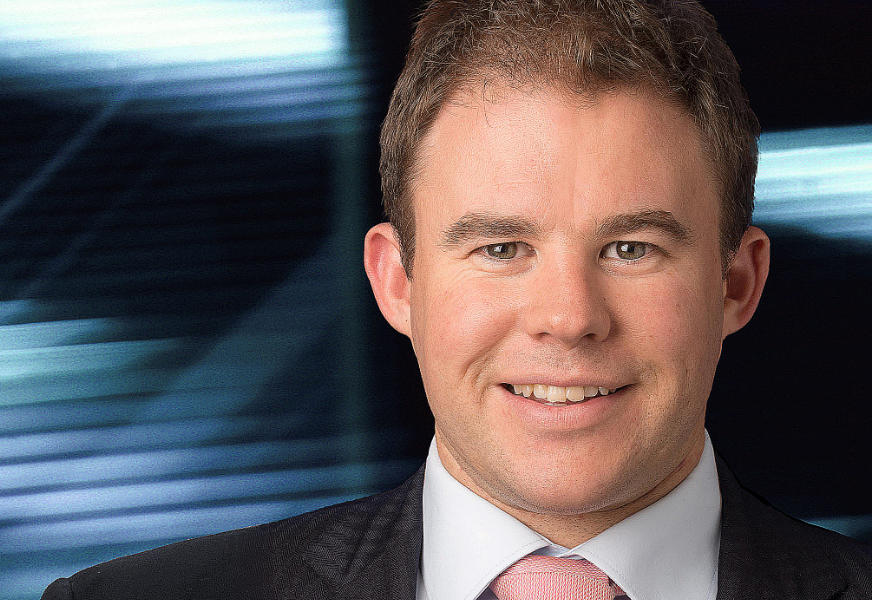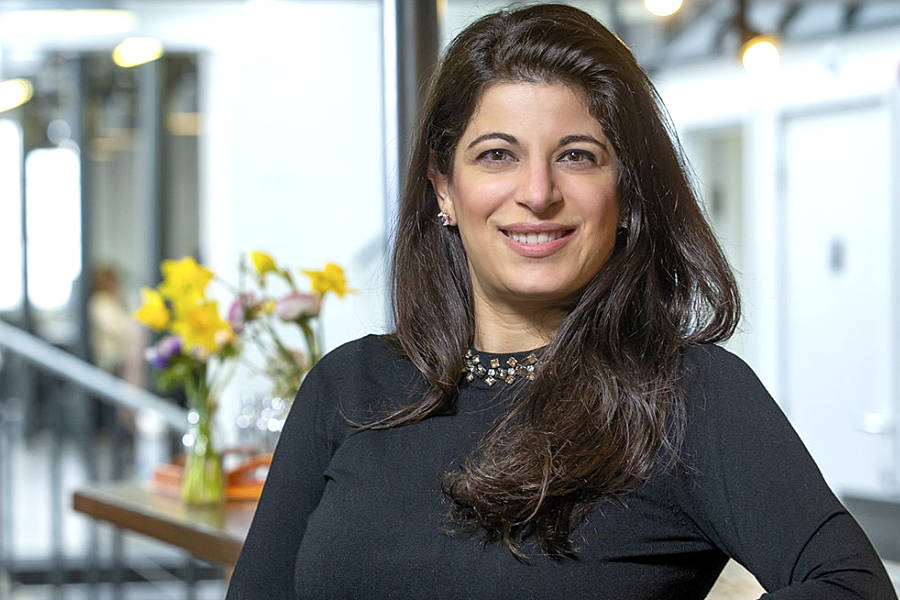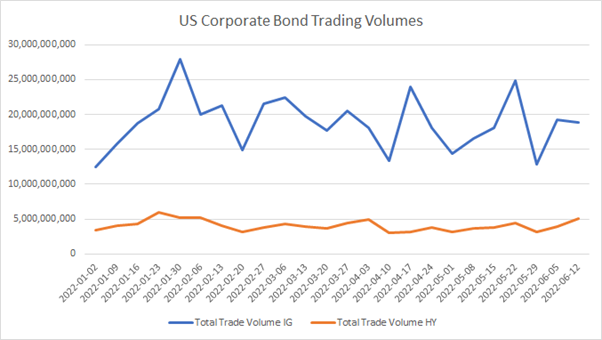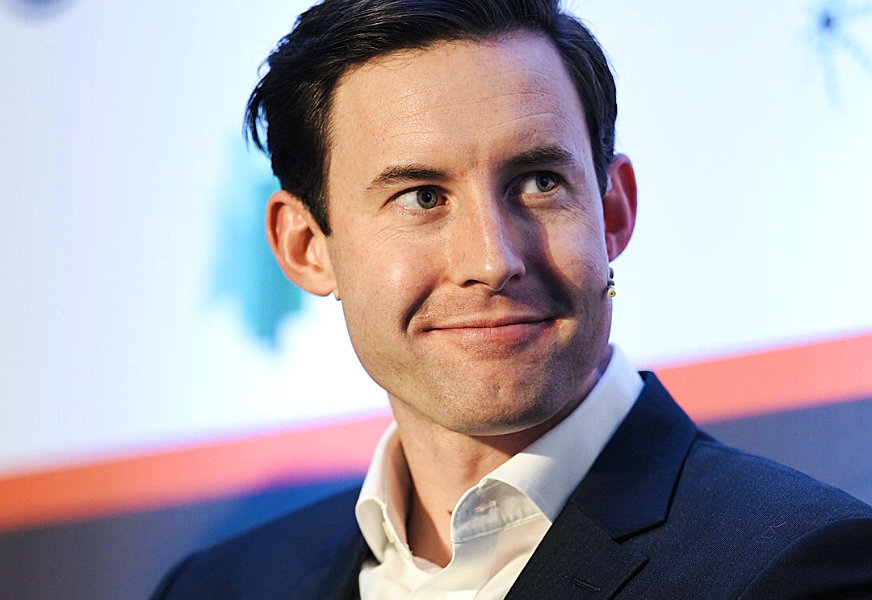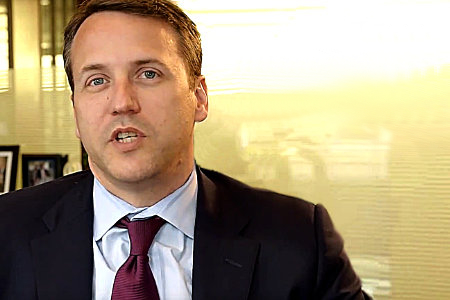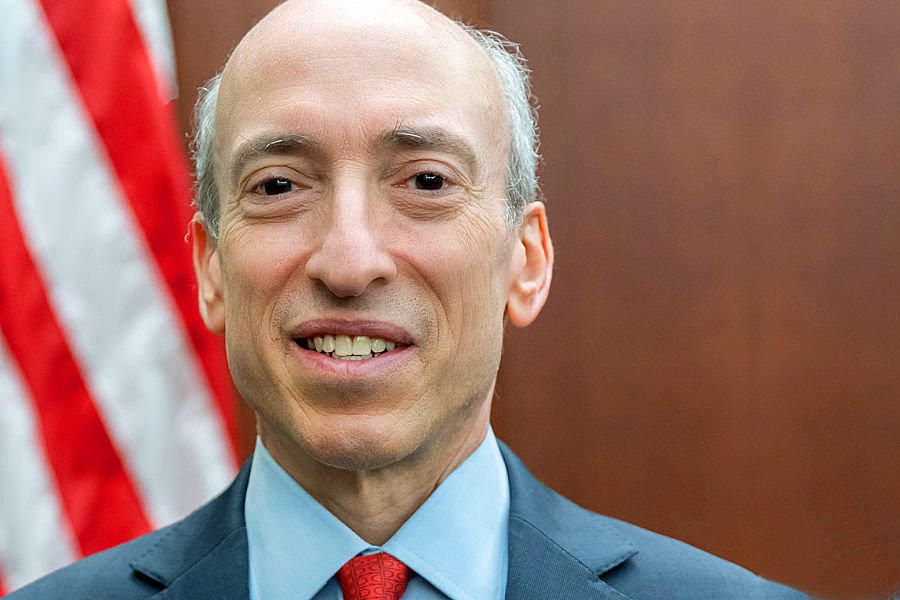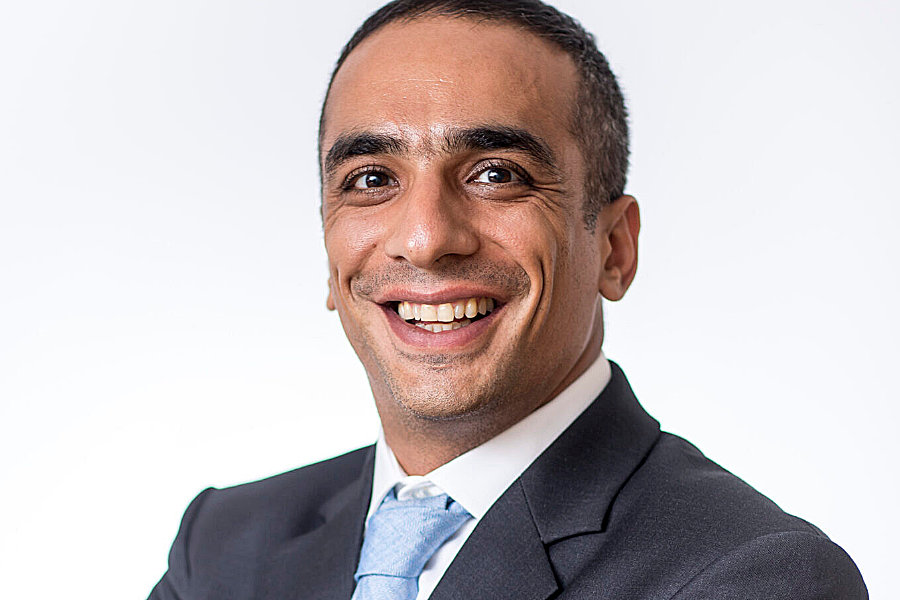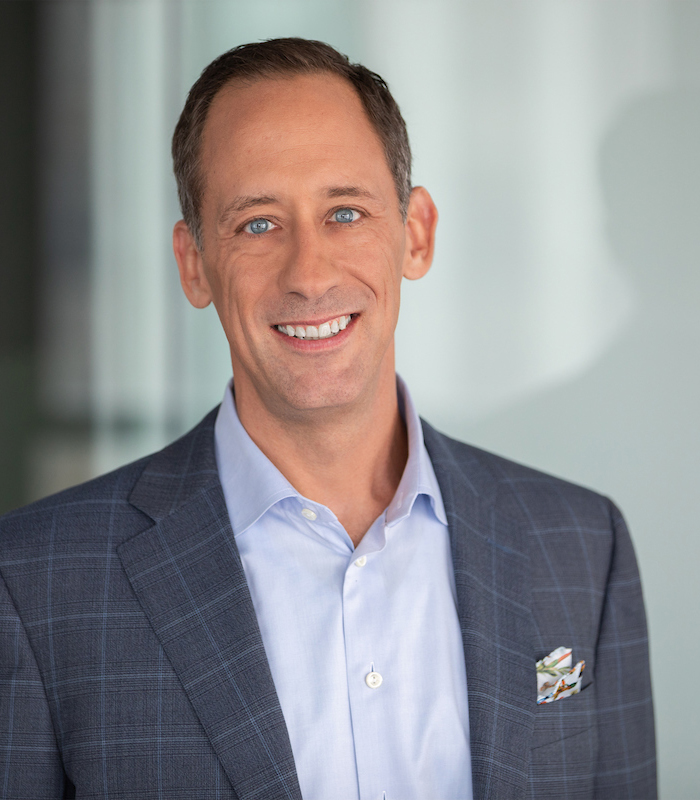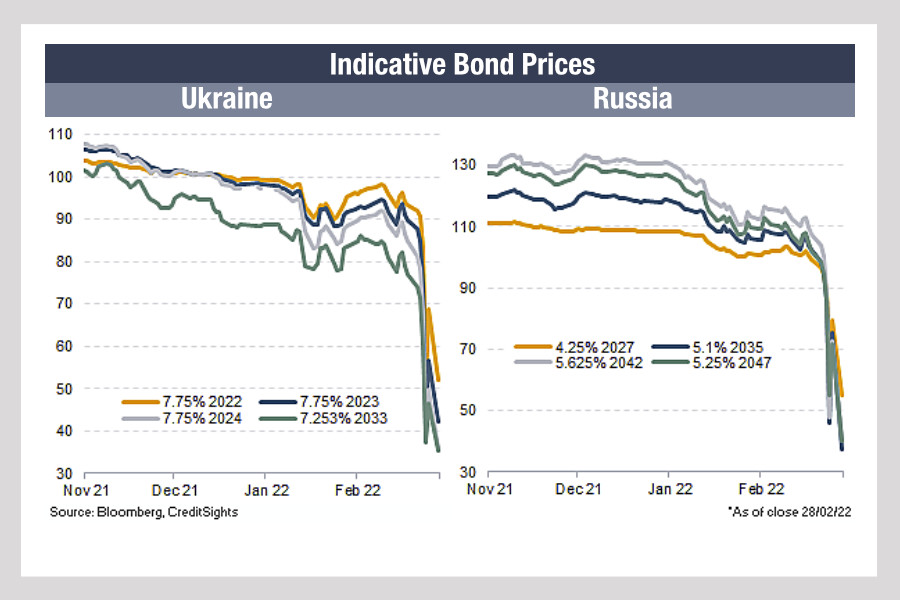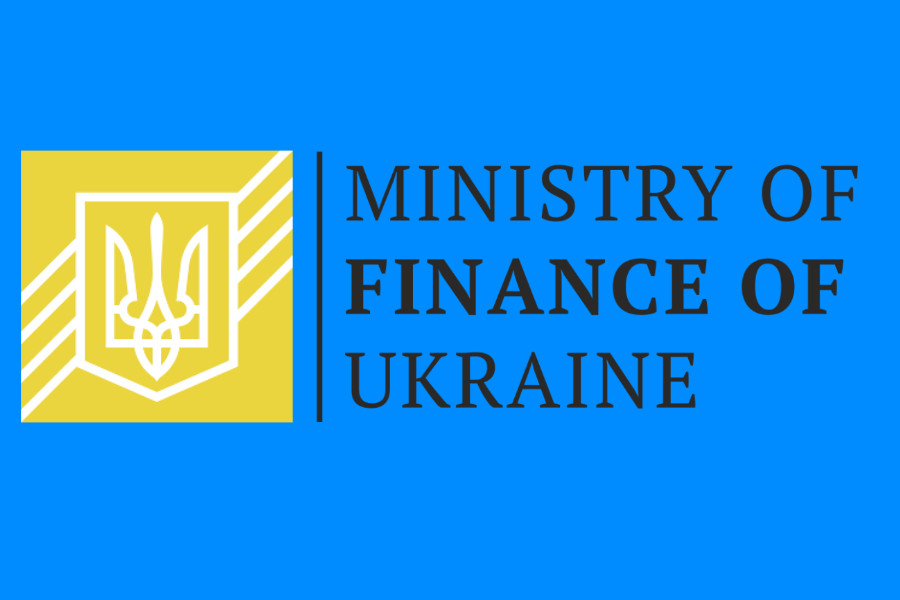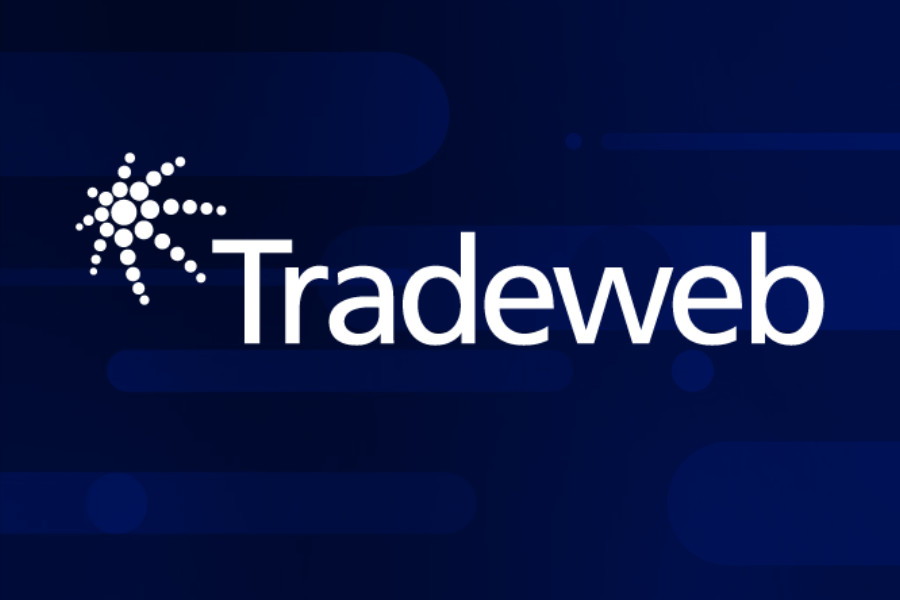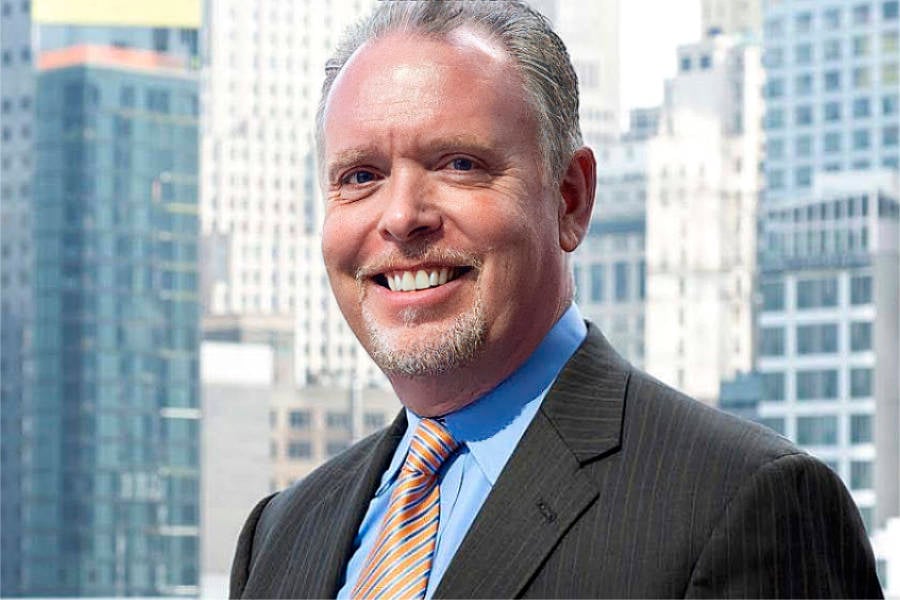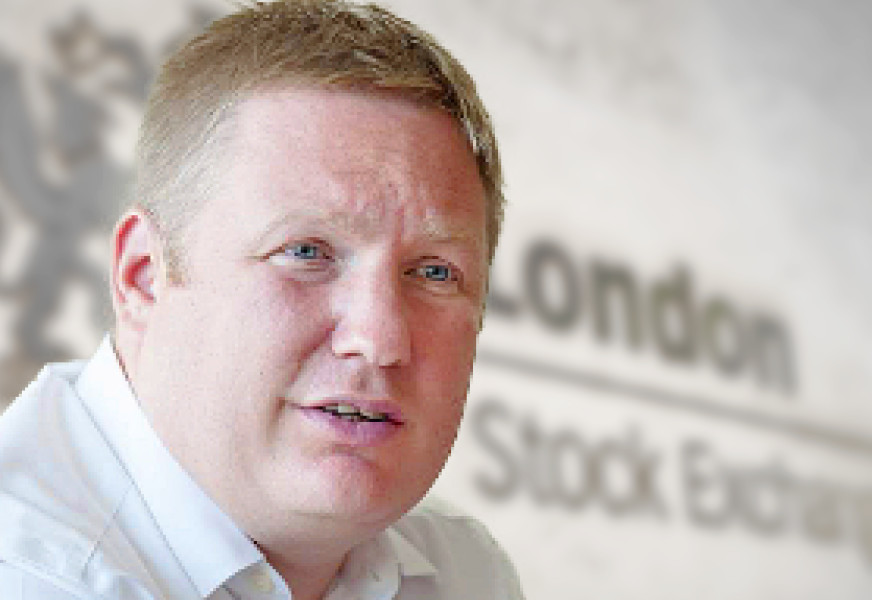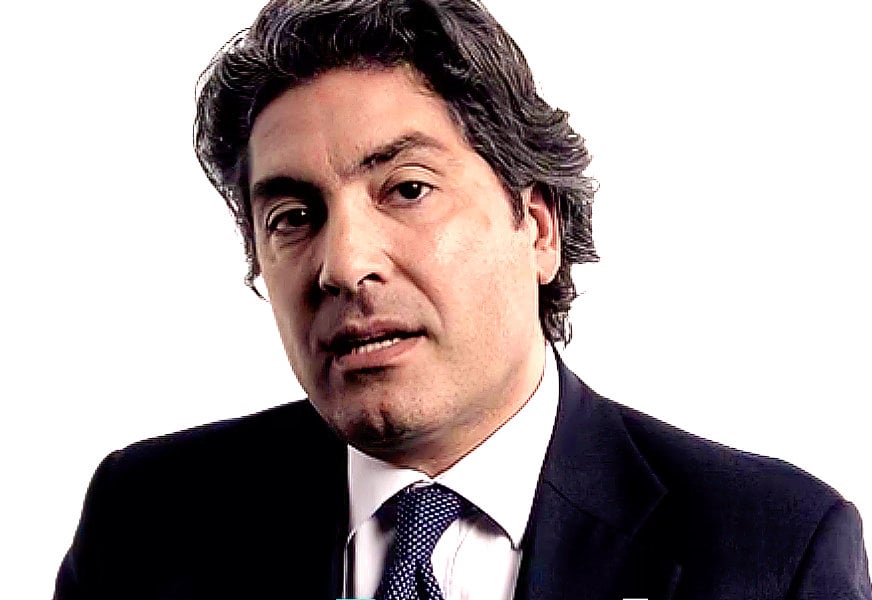Fixed income: Exploring alternative uses of machine learning
By Giuseppe Nuti, Managing Director, Global Head of the Central Risk Book and Data Analysis at UBS.
Advances in machine learning technology have changed the world around us. They are shaping and simplifying our everyday lives, from how we travel and commute, to the television shows we watch and the music we listen to. We are consumers of what I call the ‘West Coast Revolution’, which has focused on enhancing customer experience through personalisation tools. Take Spotify as an example. Every week – Monday morning to be precise – I have a fresh personalised playlist of songs waiting for me that is especially crafted based on the music I already love. And it’s pretty much on the money, as if a family member or friend who knows my tastes well had created it for me. Because of the scalability of machine learning, Spotify is able to create individual playlists for millions of users at once.
Similarly, Netflix’s algorithms recommend content that I might like to watch out of thousands of titles at any given time. The more I watch, the better the algorithms are at recommending TV shows and films suited to my taste. Around 80 percent of the TV shows people watch on Netflix are now discovered through the platform’s recommendation engine. Comparable recommendation systems can be found on Facebook, Google, Amazon and LinkedIn, to name a few.
These companies’ business models are all about presenting the content that I might be interested in and continuously refining their selection to enhance my customer experience and the value of their platforms. So prevalent are these personalisation tools now that they are considered as standard by consumers. But could there be a place for machine learning innovations like this in the fixed income world?
As Bob Dylan said, you don’t need a weather man to know which way the wind blows. Electronic trading and automation are now playing a bigger role in the fixed income markets – from fully automated solutions for quoting liquid bonds, such as US Treasuries, to electronic pricing in the less liquid corporate bond market. Algorithmic execution is stealing a march and we have developed algorithms that value and route orders based not just on price but the quality of execution and the probability of getting filled.
The electronification of the markets is also leading to a broader, seismic shift; one where data science, artificial intelligence and machine learning are being explored, developed and refined to deliver improvements to the trading desk, provide strategic business intelligence to aid client relationship management and decision-making and to improve client service provision, which is where the consumer technology companies are blazing a trail.
At UBS we have created a Strategic Development Lab within our FX, Rates and Credit (FRC) business to explore multiple ways of using artificial intelligence and machine learning on the trading floor. Made up primarily of data scientists, technologists, machine learning experts and electronic trading specialists, the Lab’s goal is to design and build the FRC business of the future, looking at strategic investments as well as innovation and technology and identifying what can be differentiated and what can add value to our clients.
One of the many areas we are exploring is the use of recommendation algorithms to suggest trades that clients might be interested in, or more precisely, we are looking to match clients with our trading axes. Just as people take in recommendations for TV shows or an artist from friends or critics (this does still happen!) clients receive recommendations from salespeople, something that is particularly important in the less liquid corners of the fixed income markets.

The corporate bond space is a prime example of this. While the market has evolved over the last few years – Greenwich Associates estimates that 20% of investment-grade volume on a notional basis, for example, is now traded electronically – traders working the phone still dominate the market and the salesperson very much adds value. This is largely because of the complexity of the market with its universe of instruments, each with their own legal and financial characteristics offered in a variety of permutations such as maturity and yield. Large pieces of debt, particularly of older issues, are especially hard to trade without human finesse.
In this market, where liquidity is at a premium, micro-structure comes into play; it’s about knowing who to call and especially if they are going to be interested in trading. A good salesperson will know this instinctively; they will have their spreadsheets, they know their inventory and they will know their clients. But an automated recommendation system could enhance that salesperson’s ability to cover those clients whom he or she may not have been covering in a huge way before. For clients who trade less frequently, this information that we believe could be interesting to them opens up opportunities. This is a fine example of the beneficial synergy between machines and human experts.
We have developed and are continuously refining a recommendation engine that is now being trialled in our corporate bond trading business. At present, recommendations produced by the technology are sent to salespeople, who have the final say on whether they are passed on to clients. The engine essentially is an extension – an evolution – of what has already been done by our salespeople and traders for many years. It doesn’t change the paradigm, but the level of sophistication and the amount of data that can be fed into the algorithm has changed dramatically. And as we’ve seen on the West Coast, the more data an algorithm is able to consume and analyse, the better the quality of recommendation.
But as every Black Mirror fan knows, technology with obvious benefits can also bring with them latent dangers, and we want to be ahead of that. At UBS, we are focussing on the long-term needs of our clients, and across the firm we will keep questioning how to deliver what they need in a transparent and trust-worthy manner. We must steer a path between observing our duty to protect clients’ interests and seeking new initiatives that meet our responsibility to open opportunities in which they might be interested.
This is a significant time in our industry and the dynamism of new technologies is one of the most exciting aspects of it. Just like the advancements that we have seen in the consumer technology world, the trend towards data science and artificial intelligence is gaining momentum in our markets. We must take on board all possible advantages and opportunities of this approach and look ahead to potential developments in the field. Commitment to a strategy, in which technological advances play an increasingly important role, will prove indispensable for the future.
©TheDESK 2018
TOP OF PAGE




